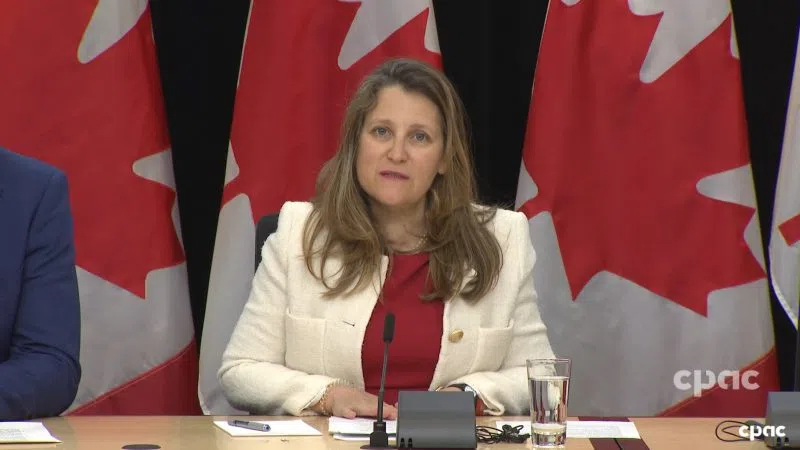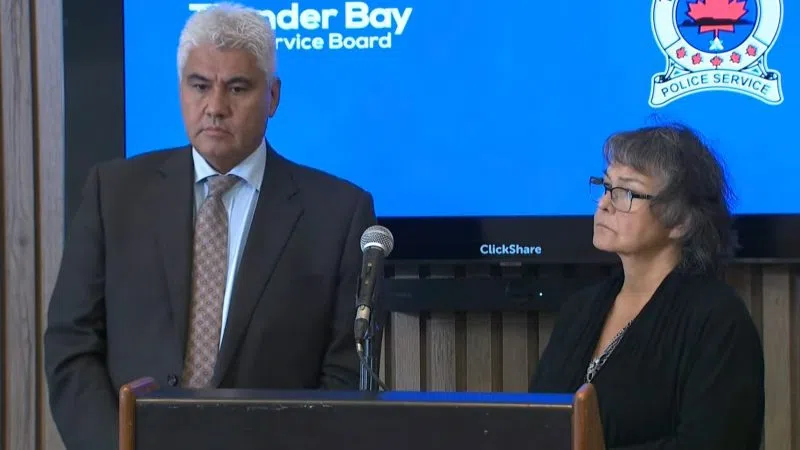Federal budget to be delivered Tuesday afternoon
All eyes are on Ottawa as the federal Liberal government prepare to release its latest budget on Tuesday. However, we already have a good idea about s...
18m ago
Thunder Bay police chief recognizes "erosion of trust" after latest charges against former member
The police chief in Thunder Bay is acknowledging an "erosion of trust" among the public after another ex-member of the force faces charges. ...
11h ago
It's tax time!
Tax deadlines are quickly approaching. You must get those returns in by April 30, especially if you owe. "You're going to start paying interest b...
16h ago
iqoncept / Depositphotos.com
Kam River takes on Sioux Lookout in SIJHL finals this week
The schedule has been set for the finals in the SIJHL. The Kam River Fighting River Walleyey will host the first two games, Wednesday and Thursday aga...
18h ago
What's Happening on CKDR
Red Apple Is Back In Sioux Lookout!
Lots of excitement in Sioux Lookout this past weekend! In fact it began on Friday when Red Apple's Grand Reopening in Sioux Lookout at 81 Front Stree...
20h ago
Get Ready To Laugh!
Need a few laughs? 'Campfire Comedy' can help! 'Campfire Comedy' presents 'The Mark Menei Comedy Tour' with shows coming to several communities aroun...
Apr 10, 2024
Solar Eclipse 2024 in Sunset Country - Listener Images And Video!!
Despite overcast conditions yesterday afternoon in Northwestern Ontario not all was not lost went it came to seeing the Solar Eclipse! Thanks to a few...
Apr 09, 2024
PWHL The Walter Cup
Apr 05, 2024














